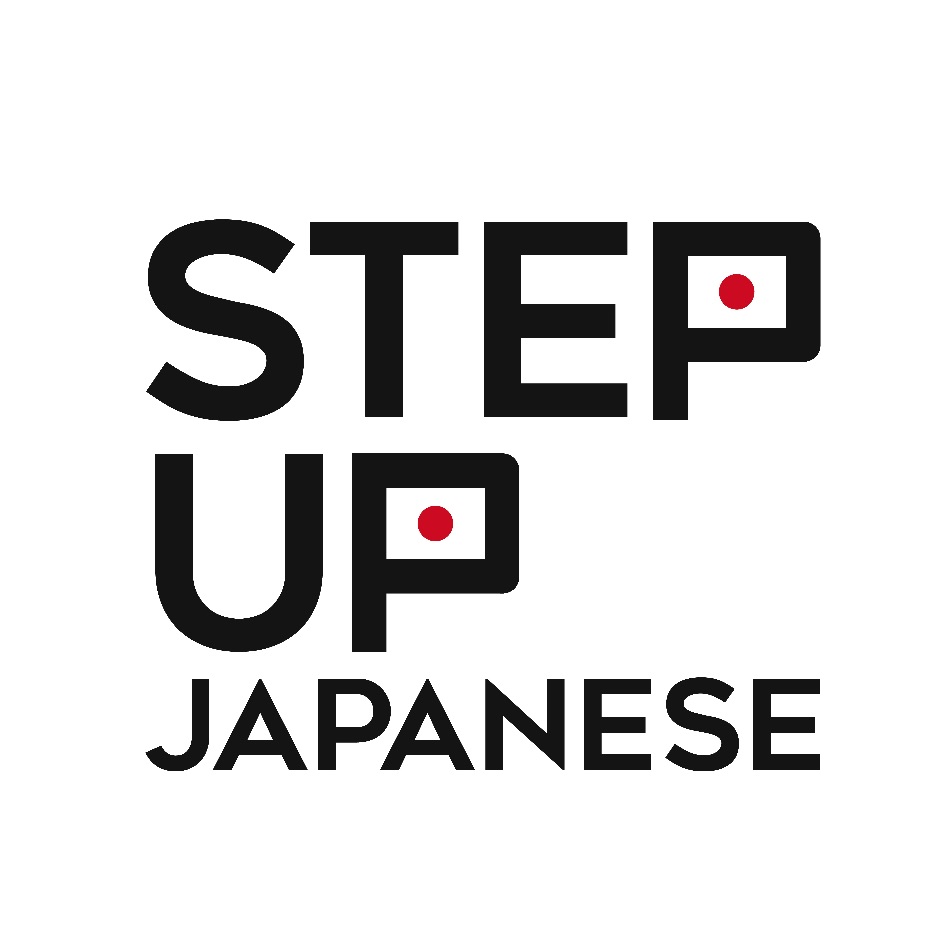Walking the Shikoku 88 Pilgrimage (Part 7) - Five Types of Rest Stop You'll Find Hiking In Shikoku

"
Ky
ū
kei shimashou
" (休憩しましょう) is one of the first phrases I teach all my students, and it means "let's take a break".
Rest is every bit as important as activity - perhaps more important. In class, it helps you digest and absorb ideas.
And on a long-distance walk, rest stops (called
kyūkeijo
休憩所 in Japanese) can be a good place to
.
Luckily for me, the bit of the Shikoku 88 pilgrimage trail I walked this spring had interesting and varied rest stops throughout. So what kind of places are used as
kyūkeijo
?
1) Temple outbuildings
On the first day I walked with another pilgrim, who I'd met at temple number 1. We stopped around midday, at a
ky
ū
keijo
in a temple outhouse building.
The women inside offered us tea and sweets, and in exchange we handed them
osamefuda
(納め札),
slips of paper with your name and a message, on which pilgrims carry instead of money
.
(...traditionally, I mean. Most modern pilgrims carry money too now.)

I was grateful to receive the tea and sweets, but even more grateful to have the opportunity to chat with these friendly women, who said they had lived in Shikoku all their lives.
They told me their ages (in their 70s and 80s), and that some of them had walked the 750-mile pilgrimage three or four times in their lifetimes.
2) Private houses
Some rest stops are out the front of a private home. The owners prepare tea or hot water each morning, and leave it out for visiting walkers:

I sat at this one alone and ate my packed lunch. It was a baking hot day, so I was glad to be out of the sunshine.
Both these
ky
ū
keijo
had signs explaining that the snacks and drinks are offered for free as
o-settai
(お接待), small gifts given to walking pilgrims to help them on their way.
3) Vending-machine seating
Usually, at the temple itself there will be a vending machine or two, with seating next to it.
It can be seen as impolite to eat or drink while walking in Japan, so vending machines often have seats next to them.
You can enjoy your snack first, and then walk around afterwards. Remember, rest is important!

I sat at this one and had a can of iced coffee:

I also spotted this set of hardwood chairs in one temple rest area, which look like they're set up to accommodate a whole coach trip:

4) Outdoor rest stops
In the mountains, a clearing with a place to sit down can be a really nice surprise. This one below had obviously taken some work to create, being in the middle of the forest. And it was labeled (in English!) as a "lounge", which I thought was just great.
It clearly is a lounge. It just happen to be outside!


5) Wooden huts
There are also small rest houses maintained by community groups. These are good for getting out of the sun (or the rain!)
This one had a formidable list of rules about not leaving rubbish behind, and stating that it was only for the use of walking pilgrims. It was on a main road in a town, so I guess they'd had problems before.
Anyway, it seems the rules are being followed these days, as the house was spotless:

I had some tea and a delicious fresh orange, read the extensive rules, and wrote in the guestbook.

Towards the end of my walk, I spotted another outdoor rest stop. This one was also purpose-built, with concrete table and seating, and a great view.
What I liked was that people had added extra seating - the sofa and chair, presumably from someone's home:

But the best type of rest stop is when you get to your lodging for the night, and can put your feet up.
それでは、休憩しましょう!
Sore dewa, kyūkei shimashou!
So,
let's take a break!

Related posts:
Walking the Shikoku 88 Pilgrimage (Part 1) - Plan, plan, plan!
Walking the Shikoku 88 Pilgrimage (Part 2) - The Best First Day in Japan
Walking the Shikoku 88 Pilgrimage (Part 3) - What To Wear
Walking the Shikoku 88 Pilgrimage (Part 4) - How to Talk to Strangers in Japanese
Walking the Shikoku 88 Pilgrimage (Part 5) - Signs of Shikoku
Walking the Shikoku 88 Pilgrimage (Part 6) - Shouting at the French
